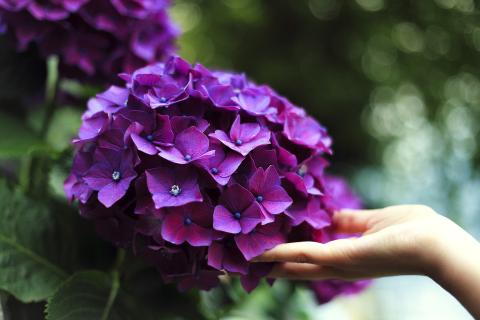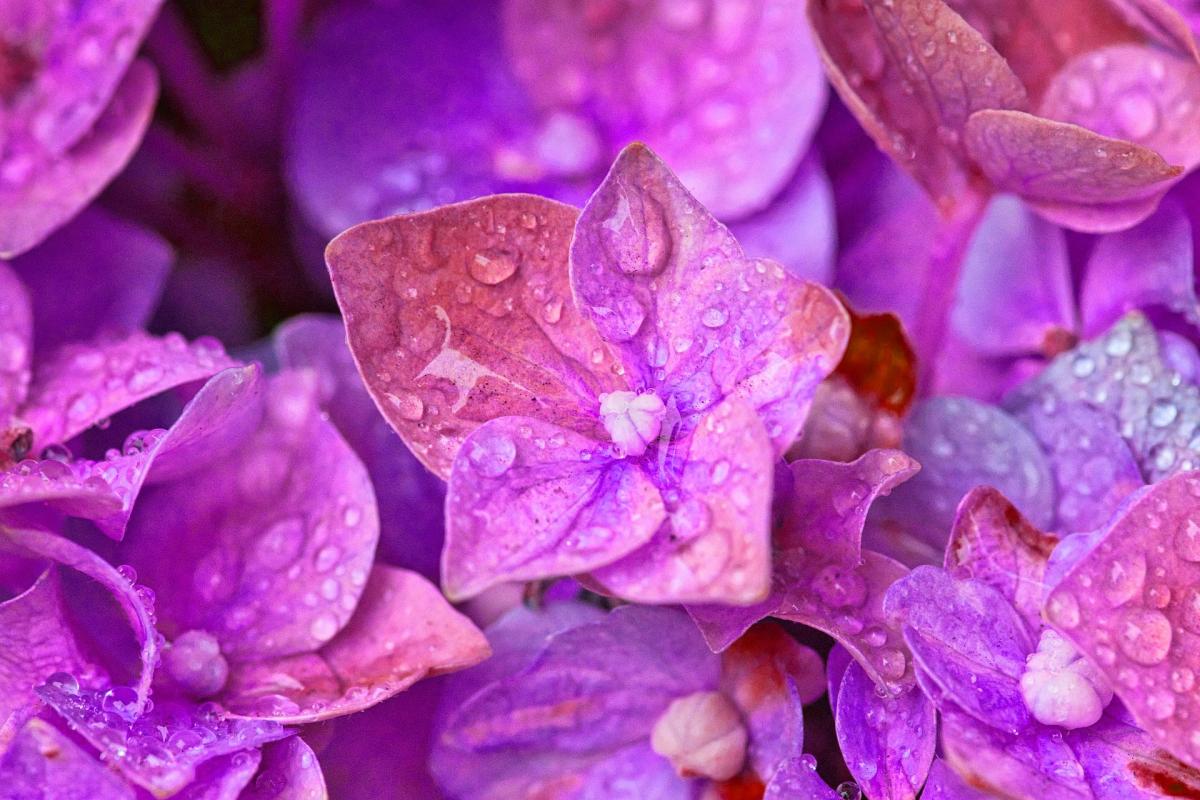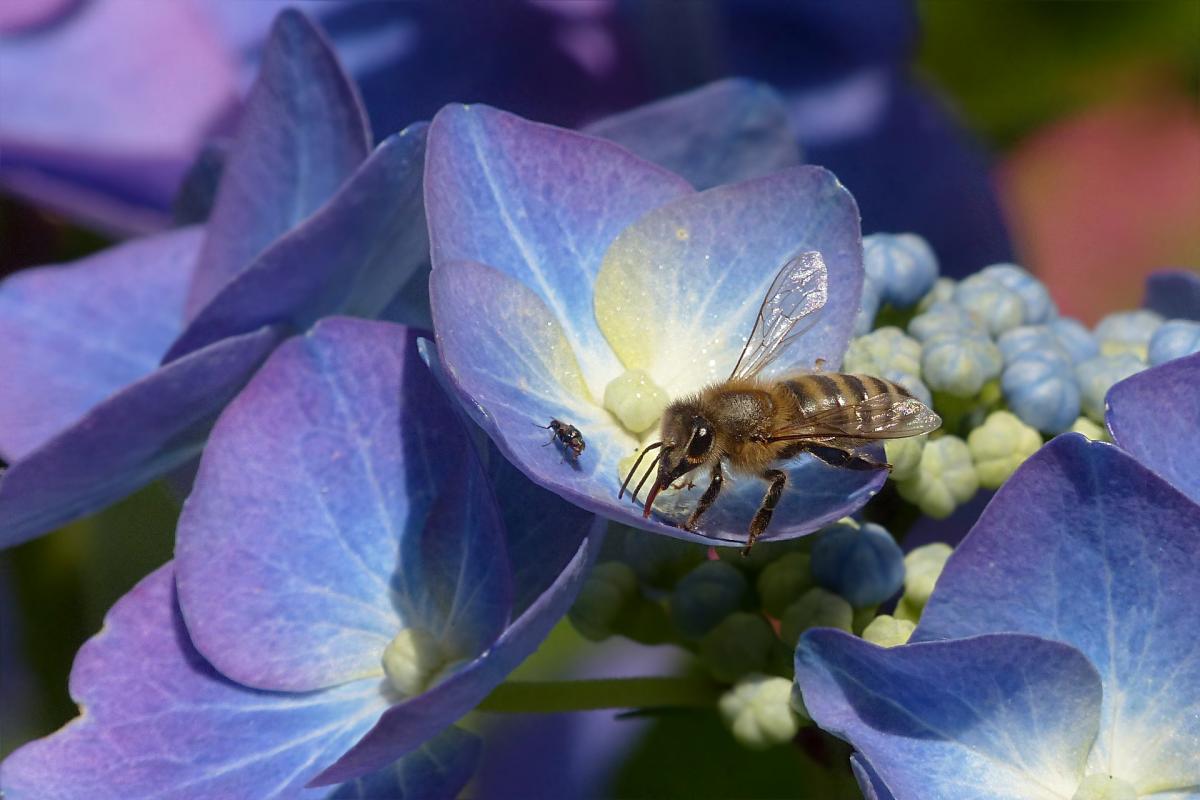Hydrangea Care Guide

Hydrangeas are a popular garden shrub due in no small part to the fantastic range of colours they produce on large flowerheads and their hardiness in British conditions. Being deciduous, hydrangeas also put on a good show of colour in their autumn foliage. While older hydrangeas can reach 20ft (6m) in height and spread, most varieties now sold in garden centres will be restricted to 3-5ft (1-1.5m).
Planting at home
Hydrangeas thrive in moist but well-drained soil. If your soil is sandy or dry it is worth adding extra organic matter such as compost, manure or leaf mould. Hydrangeas also benefit from being in a position that is at least partially cool, shaded and not exposed to full summer sun. As they develop large root systems and are sensitive to drying out hydrangeas should only be gorwn in large pots and watered regularly.
Continued Care
Ensure your hydrangea doesn’t dry out in any long dry summer spells. Unless you have a very rich fertile soil it is advisable to apply a slow release plant food at the beginning of each growing season in spring. This is also a good time to mulch the ground under the hydrangea with organic matter.
Pruning – Hydrangeas flower on the previous year’s growth.
In spring select a few older stems (any that are overlong, diseased or dry and woody go first) and cut out at the base to encourage replacement growth that will increase the plant’s vigour. Spring is also the time to prune last year's flowerheads. Select the first strong, healthy pair of leaf buds beneath the flower head and cut just above them.

Some flowerheads (on ‘mopheads’ in particular) are so heavy that they sag to the ground. Simply remove the flowerheads in the way outlined above. Any neglected, sagging or leggy plants can be pruned by cutting all stems back to the base in spring. Note – if cut back hard your hydrangea will not bloom in the same year.
Most hydrangeas, with the exception of white varieties such as hydrangea paniculata are sensitive to the acidity of the soil they are planted in and this will affect the colour of their blooms: the more acidic the soil the bluer the bloom, and the more alkaline the soil the pinker the bloom. As such if you have selected a blue Hydrangea it is recommended that you plant it in ericaceous compost to ensure an appropriate level of acidity (pH4-4.5). Hydrangeas that have lost their colour over the years can be recovered with hydrangea colourant compounds.


